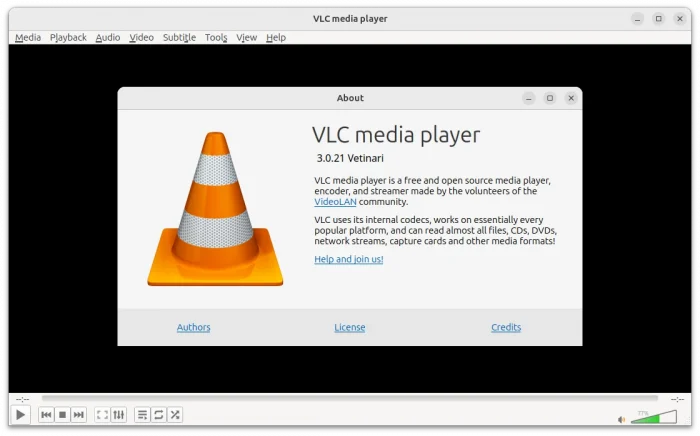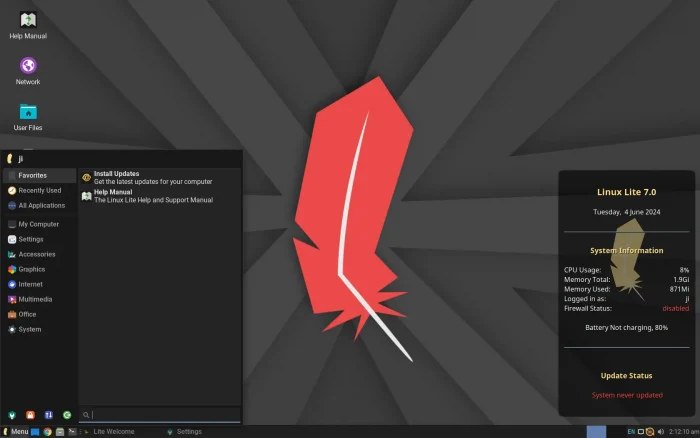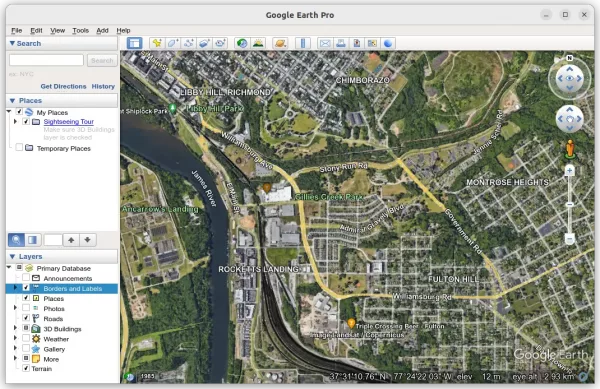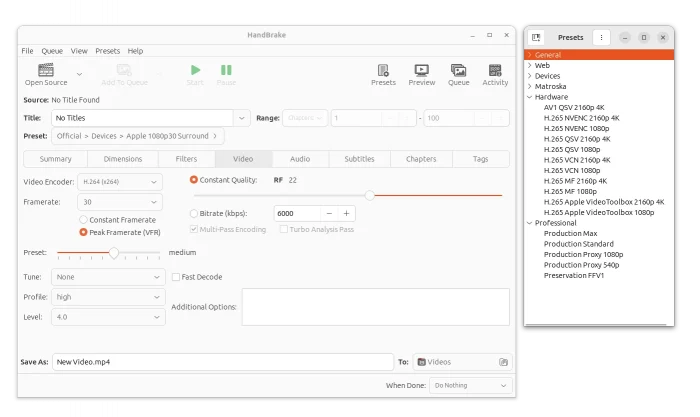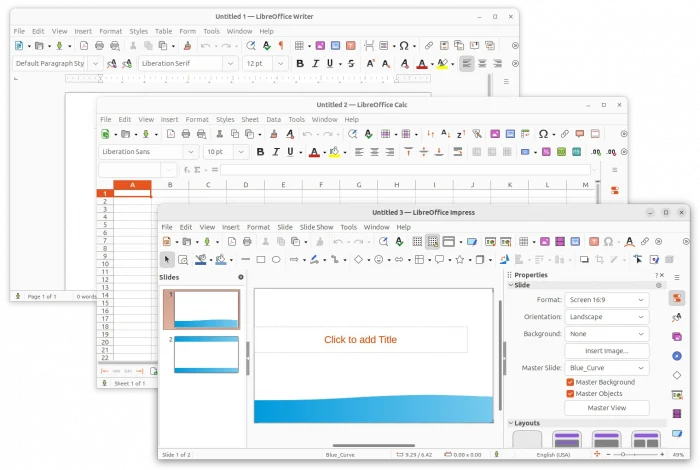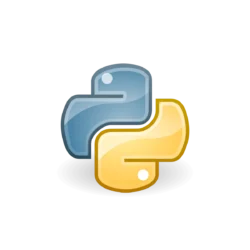VLC, the popular free open-source media player, released version 3.0.21 after more than half a year of development.
The release introduced AMD HQ Scaler support for Super Resolution scaling with AMD GPUs. Meaning, user can now use this AI-assisted feature to improve the quality and sharpness of playback with NVIDIA RTX series (and more listed in this page), AMD Radeon™ RX 5000 Series Graphics and newer, and Intel Arc, Xe-LP GPUs.
If you have a compatible GPU, then you can enable this feature in Preferences dialog, under Video -> Output modules section.




